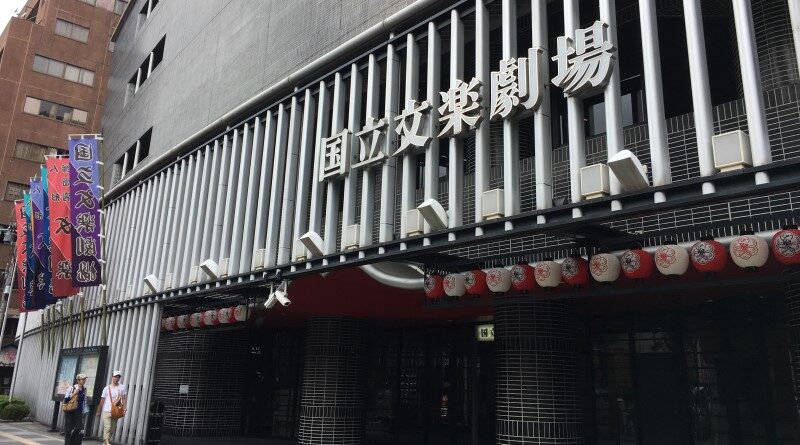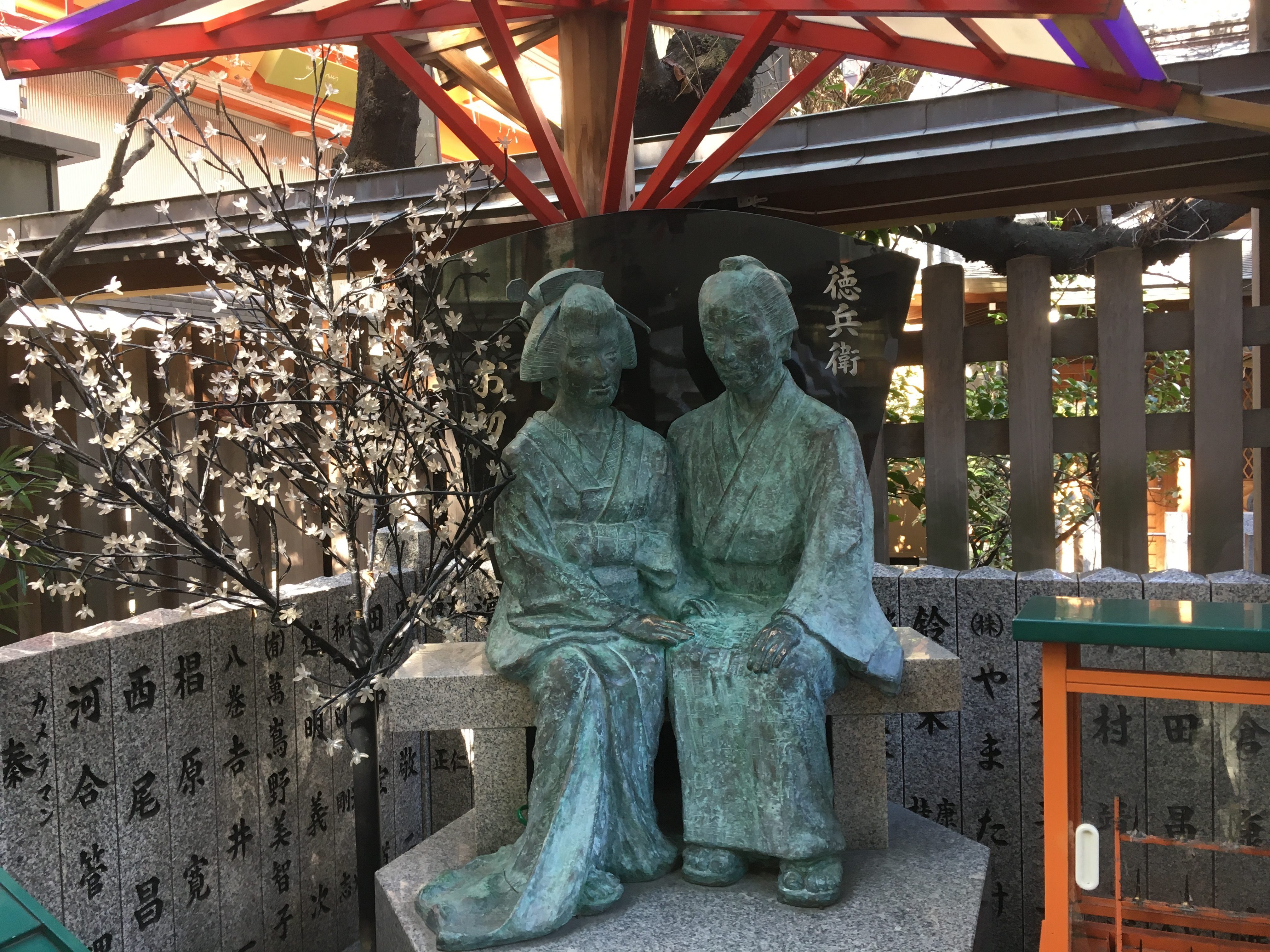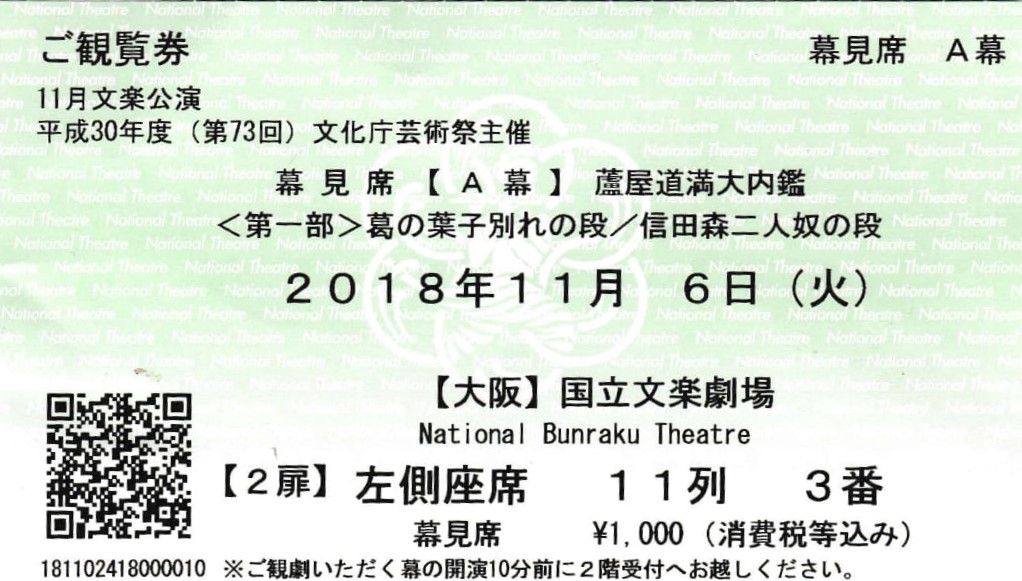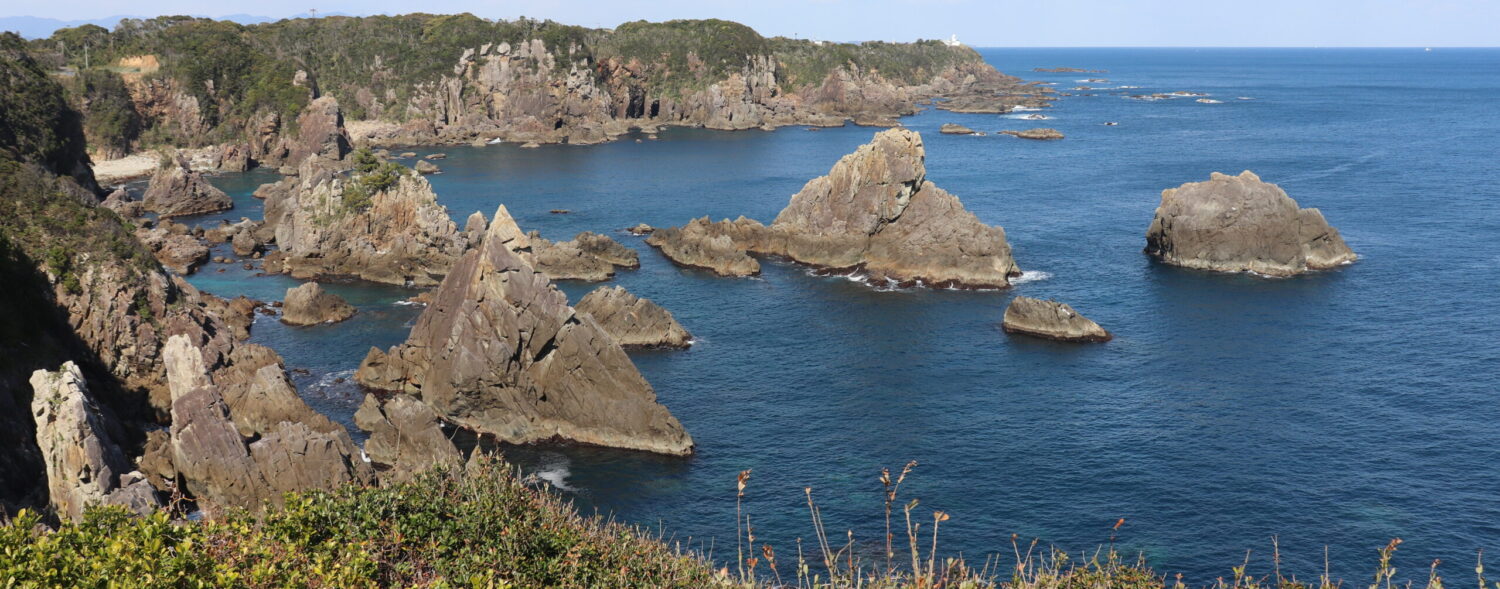
Experience Osaka’s National Bunraku Theatre
In Japan, there are several forms of well-known theatrical arts such as kabuki, Noh and kyogen to name of few. One of these traditional arts is puppet theatre or bunraku, which originated in Osaka, which is also home to the National Bunraku Theatre. Though puppet shows might sound like something meant for children, bunraku is mainly for adults. In a bunraku play, the musicians, the narrator and puppeteers, all act together to transport the audience into the story. When you have the pleasure of visiting Osaka, watching bunraku should definitely be on your list.
The History of Bunraku
What is commonly referred to as bunraku, was traditionally called ningyo-joururi [人形浄瑠璃]. In its earliest form, a joururi tells a story while accompanied with traditional Japanese sting instruments like the biwa or shamisen, as well as a puppet, or ningyo.

The Creation of the Human Drama
It was in the early Edo Period that the popularity of this art form really began to take off. Around this time, the famous storyteller, Takemoto Gidayu [竹本義太夫] and the “Japanese Shakespaer”, Chikamatsu Monzaemon [近松門左衛門], created the Takemoto-za Theatre. This theatre got massively popular, so much in fact that the previously struggling theatre managed to pay off all their debts! Furthermore, the works of Chikamatsu began new era for the art, by moving away from Japanese history to human dramas. His stories were so compelling and popular that they were adapted to the kabuki stage.

Unfortunately, bunraku gradually declined as kabuki started gaining popularity in Osaka and Takamoto-za closed in the mid-18th century. It was only in 19th century that a man from Awajishima called Uemura Bunrakuken [植村文楽軒] started his own theatre, Bunraku-za. His theatre gained so much popularity and success that his very name came to mean ningyo joururi, i.e bunraku.

Aspects of Bunraku
Today there are two kinds of bunraku shows: jidai-mono [時代物]and sewa-mono [世話物]. Jidai-mono are about historic Japanese events, so it may be hard to follow along if you don’t know a lot about Japanese history, However, sewa-mono or human dramas, are much easily to understand and relate to. More often than not, these are tragic love stories usually end with at least a couple deaths.

The most captivating part of a bunraku is the unison of puppeteers, musicians, and narrator. Individually, each person has their own unique skill set, but together, these artists bring the story to life.

As the narrator dictates the story and the character’s lines, the music adds a layer of drama and atmosphere, allowing the audience to suspend reality and become lost in the story. Meanwhile, all three puppeteers manipulate, seemingly effortlessly, the expressions of the doll’s face. With little more than a few flicks of the wrist, the doll’s face comes to life, able to express a wide range of emotions.

The National Bunranku Theatre
The National Bunraku Theatre is the fourth national theatre ever created in Japan. In this theatre hosts not only bunraku plays, but other many other forms of traditional performing arts throughout the year.


Since the shows vary month to month, make sure to check out ahead of time which shows are playing! Also, if you buy a ticket for entire showing, you will sit through not one play but several.

This ticket will cost 2,400 yen (better seat around 6,000 yen) and it takes approx 4 hours to see the entire show. If that feels a little daunting to you, don’t worry, there are tickets for just a single act plays too!
Additional Information
1. Plays Not Held Everyday
It is important to mention that the National Bunraku Theatre does not have bunraku performances every day. So, make sure check the schedule before you come to the theatre.
2. Japanese Not Required
The narrator often uses an old form of the Osaka dialect, so even if you understand Japanese, it may still be a bit hard to understand. However, don’t worry. Above the stage is monitor that translates the story into modern Japanese. But if you don’t speak Japanese that’s fine too!

There are audio guides you can rent for just 700 yen (300 yen for single acts) before the show. You have to make a deposit of 1,700 yen, but you will get 1,000 back when you return the audio guide. I even tried one and was pleasantly surprised with the quality. Don’t feel like you are missing out by using an audio guide! Lots of Japanese people can have a hard time with these old plays since the narrators speak in classical Japanese with an Osaka dialect.
3. Very Affordable
Many Japanese performing arts like Noh or kabuki, can be quite expensive; commonly starting at 10,000 yen per person. This steep price makes even most Japanese people hesitate to go. However, premium seating for a 4 hour show is only around 6,000 yen and 2,500 yen for cheaper seats. To be honest though, even the cheaper seats offer a very clear view of the show.

If you want to go even cheaper, you can buy makumiseki tickets. makumiseki is only for one single act and only costs 500-2,000 yen. However, there are only about 16 makumiseki tickets per show and you can’t reserve them.


Leave a Reply